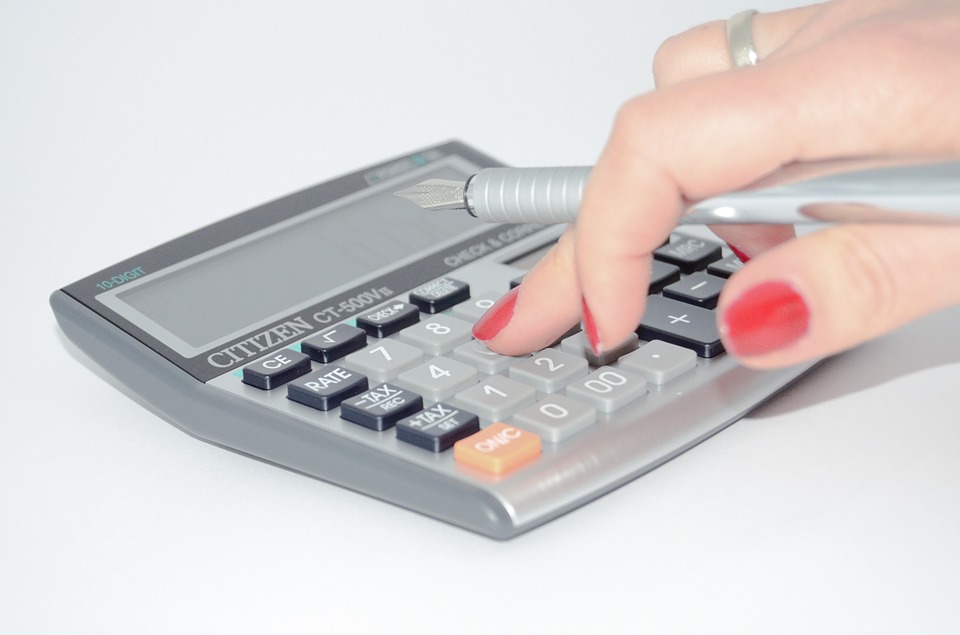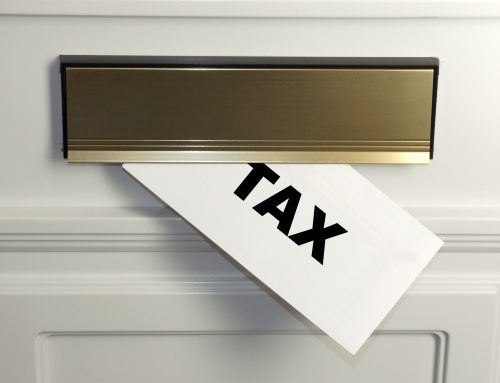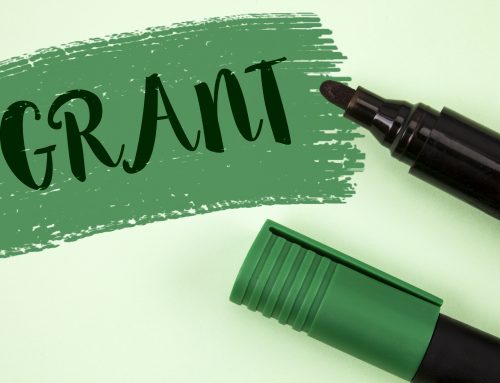The self-employed pay two classes of National Insurance contributions – Class 2 and Class 4.
Class 2 contributions are weekly flat rate contributions which provide the mechanism by which the self-employed build up their entitlement to the state pension and certain contributory benefits. By contrast, Class 4 contributions are based on profits from the self-employment and operate more like a tax in that they do not confer any benefit or pension entitlement.
Nature of Class 4 contributions
Class 4 National Insurance contributions are payable by self-employed earners aged 16 or over and below state pension age. The liability is triggered once profits from the self-employment reach the lower profits limit, set at £8,632 for 2019/20. This is aligned with the primary and secondary thresholds for Class 1 National Insurance purposes.
Class 4 contributions are payable at the main rate on profits between the lower profits limit and the upper profits limit and at the additional rate on profits in excess of the upper profits limit. For 2019/20, the upper profits limit is set at £50,000, aligning with both the upper earnings limit for Class 1 National Insurance purposes and the rate at which higher rate tax becomes payable.
The main Class 4 rate is set at 9% for 2019/20 and the additional Class 4 rate is set at 2%.
Example 1
John is self-employed as a personal trainer. In 2019/20 his profits from self-employment are £7,250.
As his profits are below the lower profits limit, he does not need to pay any Class 4 National Insurance contributions for 2019/20.
However, as his profits exceed the small profits limit of £6,365 for Class 2 National Insurance purposes, he must pay weekly Class 2 contributions of £3 per week.
Example 2
Jane is self-employed as an interior designer. In 2019/20 her profits from self-employment are £32,000.
She must pay Class 4 National Insurance contributions on her profits to the extent that they exceed the lower profits limit for 2019/20 of £8,632.
Her Class 4 National Insurance liability is as follows:
9% (£32,000 – £8,632) = £2,103.12
Jane must also pay Class 2 contributions of £3 per week.
Example 3
Jackie is a self-employed accountant. For 2019/20 her profits from self-employment are £77,000. She must pay Class 4 National Insurance contributions on her profits to the extent that they exceed the lower profits limit for 2019/20 of £8,632.
Her Class 4 National Insurance liability is as follows:
(9% (£50,000 – £8,632)) + (2% (£77,000 – £50,000)) = £4,263.12
Jackie must also pay Class 2 contributions of £3 per week.
Paying the Class 4 National Insurance liability
Class 4 National Insurance contributions are payable with tax under the self-assessment system. The liability must be paid by 31 January after the end of the tax year to which it relates – so Class 4 National Insurance contributions for 2019/20 must be paid by 31 January 2021.
Unlike Class 2 contributions, Class 4 contributions are taken into account in computing payments on account. Payments on account must be made where the previous year’s tax and Class 4 National Insurance liability was £1,000 or more unless at least 80% of the tax due for that year was collected at source. Each payment on account is 50% of the previous year’s liability. Payments on account must be made on 31 January in the tax year and on 31 January after the tax year, with any remaining liability (for example where current year’s bill is higher than the previous year’s) being paid by 31 January after the end of the tax year.






